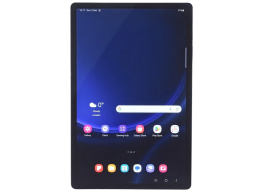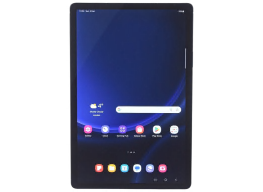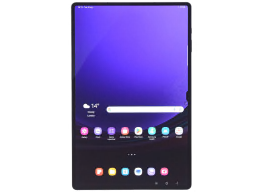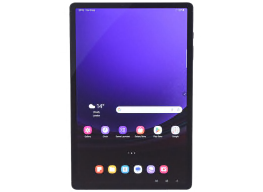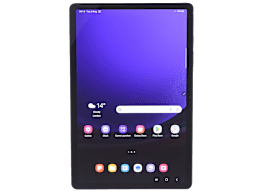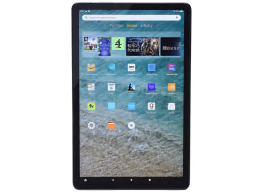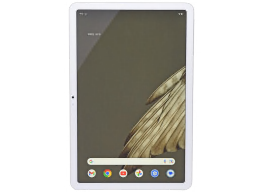Is Portability a Priority?
Most tablets with displays 8 inches or smaller weigh under a pound. Many are very thin, and most have at least 10 hours of battery life. Some top 15 hours. Of course, larger displays can provide a better experience for watching movies, reading, or using productivity and art apps, but they’re not as easy to transport as smaller tablets.
Are You a Bookworm?
You can save some money with a tablet from Amazon if you’re planning on relatively simple tasks such as reading e-books or streaming video, with some casual web browsing and social media use on the side. These tablets start around $60. They don’t have the highest-quality displays, but you’re unlikely to notice if you’re mostly reading.
What’s Your Budget?
If you have $200 or less to spend, you might want to focus on Amazon Fire tablets. There are several models available for under this price, including one 7-inch model, two 8-inch models, and two 10-inch models. There are a very small number of non-Amazon tablets available for under $200, but they don’t score particularly well in our tests.
You’ll have to spend at least $330 if you want an Apple iPad: That’s the price of the company’s entry-level model, which is aimed at everyday usage. You’ll also find a handful of Android tablets around that price that get good scores, too.
The bulk of the market is between $500 and $1,000, with plenty of highly rated options from multiple companies.
And if you have more than $1,000 to spend on a tablet, you’re looking at very high-end models aimed at professional users. These tablets have advanced features like high-refresh rate displays and hugely powerful processors.
Other Considerations
Some other aspects of a tablet may also factor into your decision-making, from the size of the screen to battery life to the amount of storage it has.
Mostly, this is a personal preference—there is no “right” or “wrong” screen size—but bigger screens might be better if you’re planning to watch a lot of Netflix or YouTube videos, but perhaps not as necessary if you’re merely planning to read e-books or check your email on the couch. Conversely, a smaller display may be easier to take with you, whether that’s on a cross-country flight or merely to the local Starbucks. And smaller, lighter devices can be more comfortable to hold.
Battery life for tablets is generally pretty good, with many models offering more than 10 hours of life off a single charge—one, Amazon’s new Fire Max 11, runs nearly 20 hours on a charge. A handful of models do dip below 10 hours, but generally speaking there’s a good chance you’ll have battery life to spare no matter which tablet you choose.
One additional feature that may interest some consumers is compatibility with a stylus, which can be useful for taking notes or drawing and creating digital art. Many styluses can work with a variety of tablets, but you should check compatibility. The Apple Pencil, for instance, works only with more advanced iPads.
Do You Have Kids?
Parents can take significant control over what their kids are doing with parental filters. Tablets like the Amazon Fire and Walmart Onn Pro, which cost around $100, let parents create profiles for their children that limit which apps they can use. (Learn more in "Buying a Tablet for Kids?" below.)



















